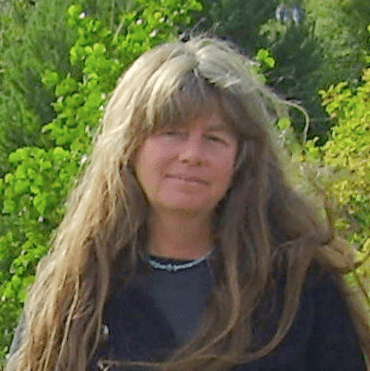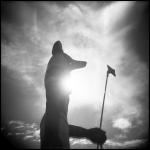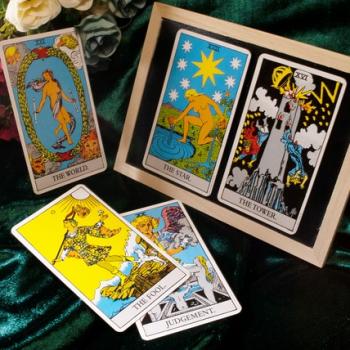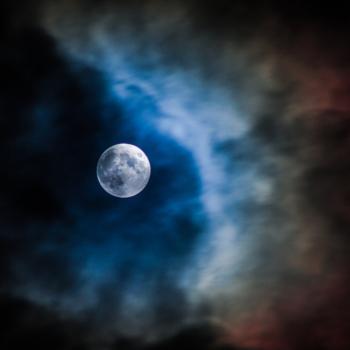In my study of the four branches of the Mabinogi one of the things that fascinates me is the repeated measuring of time by years in the story of Pywll and Rhiannon in the first branch.
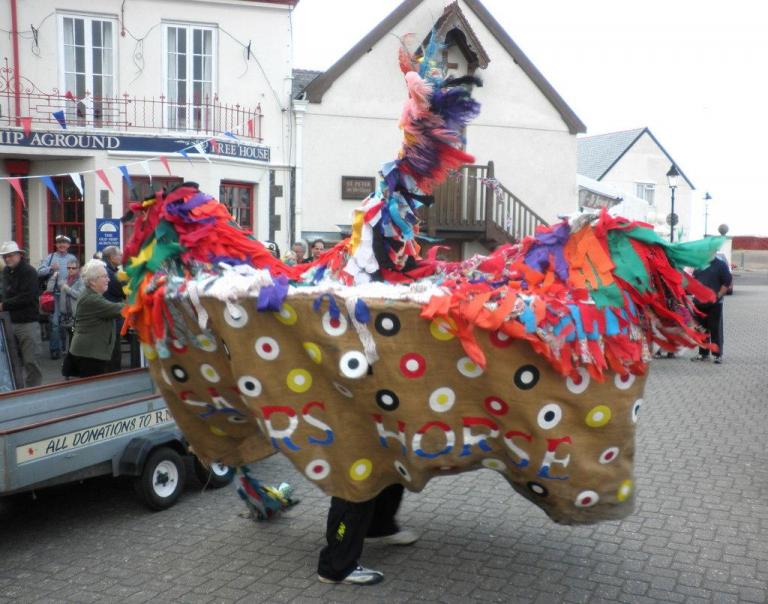
This story begins with Pwyll, Prince of Dyfed, and his courtiers going to the mysterious hill, or gorsedd, of Arberth, where legend has it that they are likely to see a wonder. The wonder they see is a woman riding sedately past, but who proves impossible to overtake. They try on three successive days to catch up with her, and even the great Pwyll, himself, is unable to do so. He finally manages to persuade her to stop and talk to him by shouting after her, and in the conversation which ensues, she proposes marriage to him, and invites him to come to her father’s kingdom “one year from now” for their marriage feast.
At the feast, things go terribly wrong when a previous suitor of Rhiannon’s turns up during the feast and manages to claim her. However, Rhiannon manages to put him off until “one year from now”. She and Pwyll then hatch a plan to trick the unwanted suitor, and at the second wedding feast their plan succeeds, and they are finally wed.
The couple then return to Pwyll’s kingdom of Dyfed, where they reign “that year and the next” but “in the third year” Pwyll’s advisors begin to complain that Rhiannon has not produced an heir. They want Pwyll to choose another wife, but he persuades them to meet him again “a year from now”, and if Rhiannon has not produced a child, then he will consider it. However, before the end of that year Rhiannon bears a son, who then mysteriously disappears on the night of his birth.
The action of the story then shifts from Dyfed to Gwent, where a landholder called Teyrnon has a fine mare which foals every May eve, but the next day the foal has always mysteriously disappeared. This time Teyrnon vows to keep watch, so he takes the mare into his house for the night, arms himself, and sits up with her. The mare gives birth and soon a great clawed arm reaches through the window and grabs the foal, but Teyrnon manages to draw his sword and sever it, saving the foal. He runs outside to see what monster the arm belongs to but can find nothing. However, when he returns to the house, he finds that an infant has been left in the doorway.

Teyrnon and his wife decide to raise this child as their own, and in a familiar formula for young heroes the child grows at a prodigious rate. At a year old he is like a child of three, at two he is like a child of six, and so on. At four years of age, he is given the colt to ride, and it is at this time that Teyrnon hears of all that has happened in Dyfed, and realises that the boy is Pwyll’s son, and returns him to his parents.
While May-eve is only mentioned once in the story, at the foaling of Teyrnon’s mare, I feel that there is a strong implication that other major events in the story also take place at Calan Mai. This time of the thinning veil would make sense for Pwyll to go out with the hope of “seeing a wonder”. It is at the beginning of the tale that the language is most explicit that the timings of the wedding feasts are at intervals of exactly one year from the meeting of Pwyll and Rhiannon. This establishes a rhythm of exact years for the subsequent parts of the tale, even though the timing of events might be a little less definite. Perhaps we are expected to get the idea after the first few times.
It seems likely that the birth of Rhiannon’s child happens on May eve, the same night that he is delivered to Teyrnon. If we work back, then we have Rhiannon’s first appearance on the May eve five years earlier, and the return of the child four years later, possibly also at Calan Mai. This motif of years isn’t pronounced in the rest of the Mabinogi, suggesting that it is being emphasised intentionally.
The character of the youthful goddess Rhiannon arriving on her magical white horse is certainly one which feels like spring or early summer, and I don’t think it is hard to envision Her as a May Queen, come to bring good things to the land. It feels very appropriate to me to honour Rhiannon, and Teyrnon as well, at this time of year.
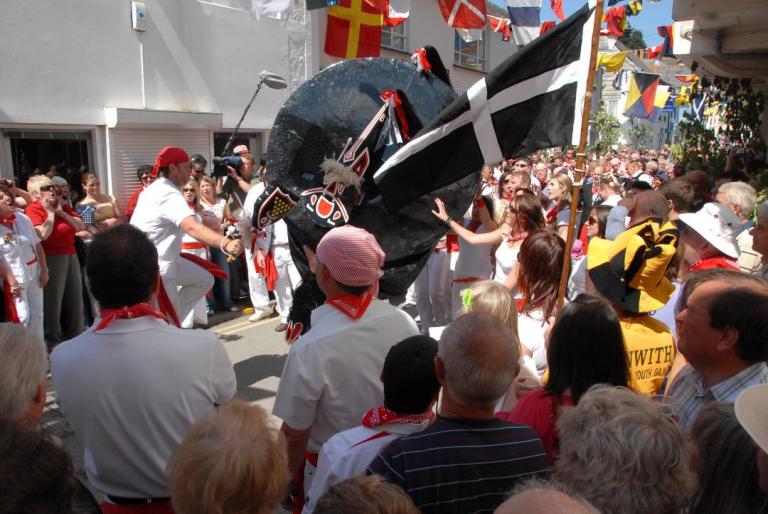
Maybe, (or maybe not) connected, are three May horse mumming traditions from southwest England, which once had a language and culture strongly connected to the Welsh-speaking home of the Mabinogi. You may be aware of the famous celebrations at Padstow, where the town has a long history of an all-day festival of stylised singing and dancing, involving their unique ‘obby ‘oss, pictured above. The tradition is at least two hundred years old, but like so many folk customs is likely much older, although we lack proof. At Minehead, in Somerset, there is also a hobby horse tradition, with some similarities and some notable differences to the one in Padstow. In Combe Martin, North Devon, a little later in May comes a festival called “Hunting the Earl of Rone”, which involves another hobby horse of the Padstow type, as well as a live donkey (which seems to be treated very well).
All three of these events are community festivals involving hundreds of local people as active participants, supporters, and spectators. Like the winter horse mumming customs, I wrote about here, here, and here, these customs went through a period of being considered survivals from pre-Christian times, but this certainly can’t be proven, however much it feels like it. One thing I find beautiful and wonderful about these traditions is their tenacity. The people within these small towns seem driven to keep the customs alive and to participate in them. They allow things to morph and grow to suit the times, yet still manage to treat them with a certain reverence. Alongside that respect, however, exists a certain wildness of spirit which can’t be denied when the horses take to the streets, accompanied by ranks of drummers and musicians. Could this be the wild ebullience of a horse goddess?
You can follow Kris at her blog Go Deeper and support her work on Patreon.


